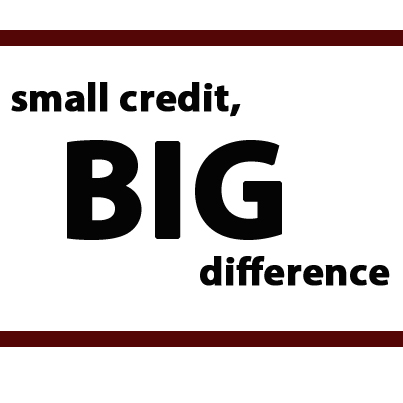 ComEd’s June 1 electricity supply rate jumped to about 7.6 cents per kilowatt-hour (kWh). But there’s a wrinkle: This month ComEd supply customers are actually only paying a rate of about 7.1 cents per kWh.
ComEd’s June 1 electricity supply rate jumped to about 7.6 cents per kilowatt-hour (kWh). But there’s a wrinkle: This month ComEd supply customers are actually only paying a rate of about 7.1 cents per kWh.
Wait, huh?
The difference is due to a change in the “Purchased Electricity Adjustment” (PEA). That’s a credit or charge that changes on a monthly basis and attempts to reconcile what electric utilities paid for power vs. what they charged consumers.
If you’re with an alternative supplier, you’re not impacted by the PEA. This is a utility thing. ComEd is required by law to pass the price of electricity onto consumers with no markup. If there is any discrepancy (over or under) between what ComEd paid for electricity and what you paid for energy, the PEA should account for it.
This month, the PEA is a 0.5 cents per kWh credit. That’s quite a change, because since last June it’s been a charge of up to 0.5 cents per kWh. (FYI, ComEd has promised to cap the PEA at 0.5 cents per kWh–credit or charge.)
The PEA is intended to be almost negligible. But recent events in northern Illinois’ power market have increased its volatility.
First, the millions of customers who switched to alternative companies over the last few years created an imbalance in the amount of power for which ComEd had contracted vs. its reduced number of supply customers. That led to the PEA often being a charge. In fact, the PEA was so consistently a charge in recent months that alternative suppliers would often throw it into ComEd’s price to argue that they were beating the utility rate. (See historical utility prices/PEAs here.)
ComEd then changed the way it set its power price, arguing that the PEA was making it more difficult for shoppers to compare prices offered by ComEd and the alternative suppliers.
OK, so why the heck did the PEA then swing to the other extreme–a 0.5 cents per kWh credit? Doesn’t that also make it difficult to make an apples-to-apples price comparison?
Well, you can thank the “polar vortex” for that little June surprise. Winter caused consumers to use more energy. More energy use = higher revenues for ComEd. The PEA for June is finally reconciling those large revenues from the winter.
So what does this mean for you? For now, if you’re on ComEd’s supply rate, you’re not paying as much as you thought you would when you read all those scary headlines about a huge June 1 price spike.
But there’s no way to predict what this charge will be in the upcoming months, so pay close attention to your bills. We’ll stay on the PEA watch!

